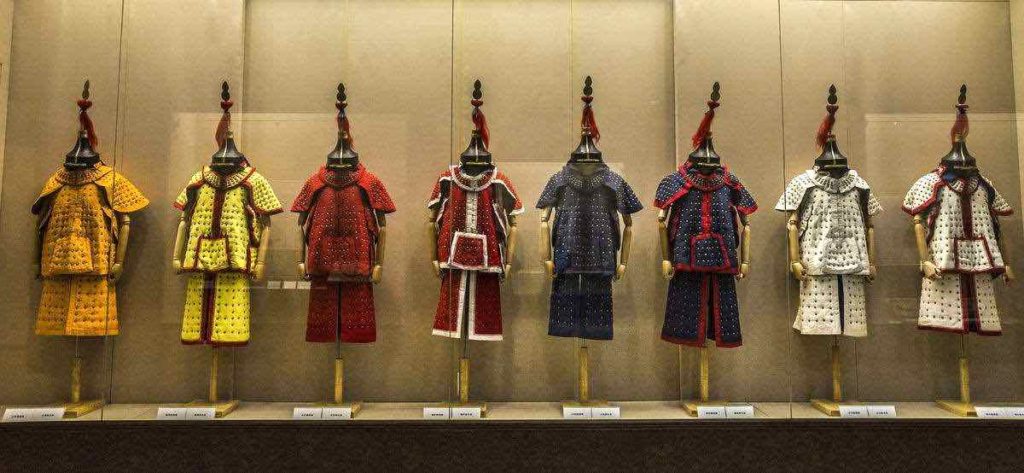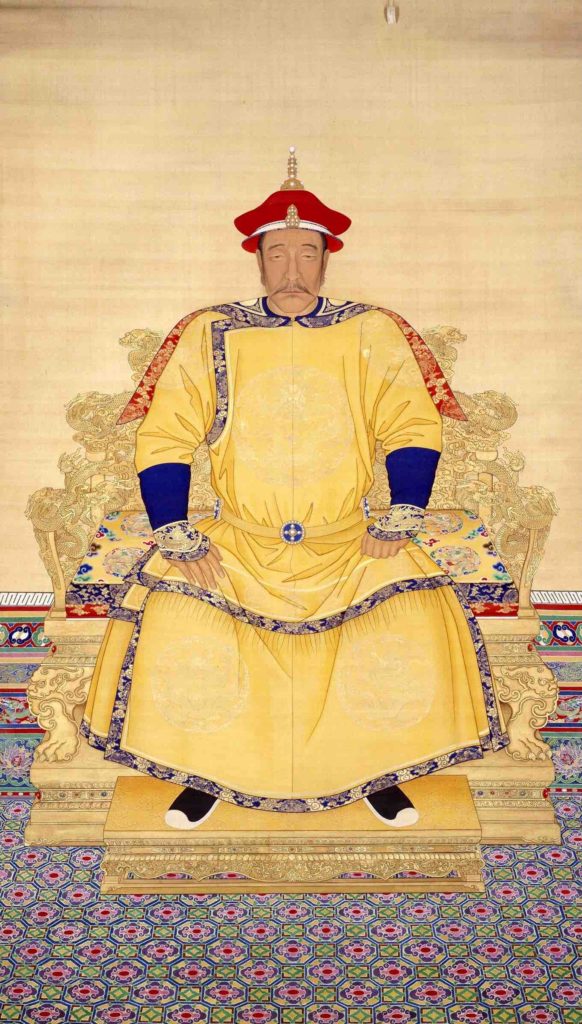
The fall of the Ming Dynasty meant the end of the last Han Chinese regime in ancient China. The Ming vs Qing Dynasty was like the once present-day Yuan vs Ming Dynasty, and the cyclical phenomenon of dynastic alternation finally reappeared. The Ming Dynasty, founded by Zhu Yuanzhang, was replaced by the Qing Dynasty in 1644.
The transition from Ming to Qing is an unstoppable historical trend. When the Ming Dynasty went from strength to weakness, it was the best time for a new competitor to rise. Nurhachi, who was the groundbreaker of the Qing Dynasty, became powerful against such a background.

In 1616, Nurhachi found Later Jin after establishing the Eight Banners. Two years later he officially declared his intention to overthrow the Ming Dynasty. In the Battle of Sarhū, Nurhachi defeated the Ming army with less loss. He then successively occupied Shenyang, Liaoyang, Fushun, and other Liaodong cities.
The battle-experienced Nurhachi was finally defeated by Yuan Chonghuan in the Battle of Ningyuan in 1626, and he died shortly thereafter. However, Nurhachi’s death did not save the Ming, and his successors continued to carry out their legacy of overthrowing the Ming Dynasty.
To make matters worse, the Ming Dynasty was not only threatened in the north by the Later Jin regime, but also by peasant revolts within the dynasty.
These peasant uprisings consisted mainly of landless peasants. Most of the peasants were forced to join the rebellion against the Ming Dynasty, which was very similar to the red turban movement of the late Yuan Dynasty.
By now, you will find that the Late Ming has been caught in a two-sided situation. The peasant revolt belonged to the internal threat of the dynasty, and the Later Jin in the north belonged to the external threat. Under the combined pressure of these two hostile forces, the Ming Dynasty was officially collapsed in 1644.
In fact, the Ming Dynasty was replaced by the Qing Dynasty is a kind of law of dynastic succession again, but also the inevitable consequences of the failure of economic policy.
The Root Cause of the Ming Dynasty Replaced by the Qing Dynasty
Whenever the reasons for the Ming Dynasty being replaced by the Qing Dynasty are mentioned many people associate it with political corruption, peasant revolts, and foreign invasions.
These reasons may seem plausible, but they can actually be used to summarize the reasons for the demise of many ancient Chinese dynasties. This means that these reasons are generalizations that don’t touch on the essence of the problem and are lazy answers.
In fact, the strength of a dynasty is not measured by the strength of the army but by the strength of the economy as an assessment criterion. Because once a dynasty has an economic recession, it means that the overall strength of the dynasty is weakening. As for the root cause of the replacement should also be analyzed from an economic perspective.
Although the Ming Dynasty, like many ancient Chinese dynasties, valued agriculture, she used silver as a form of taxation. This taxation policy led directly to the gradual decline of grain production.

When silver was not an international currency, the Ming Dynasty exported large quantities of goods in exchange for silver. The fact that silver could not be consumed as food severely damaged the agricultural economy on which the Ming depended.
What made matters worse was that with the introduction of Zhang Juzheng’s reform measures, silver was recognized as legal tender in the Ming Dynasty. The taxes that farmers had to pay changed from grain to silver. Such a policy led to a massive reduction in production in many major grain-producing areas.
In the early days of Wanli Emperor, the Ming Dynasty originally levied customs duties. It was affected by the rise of the Japanese Woko in the south of the Yangtze River and the political struggles of the Donglin movement. The dynasty was no longer able to collect customs duties from maritime and commercial trade.
The meager agricultural taxes were unable to feed the huge Ming government and army. From then on, a vicious circle was set in motion, and eventually the economic decline led to the dynasty’s weakness in the face of foreign invasion. Thus, the root cause of the Ming dynasty being replaced by the Qing dynasty was that it had serious economic problems.
When a dynasty’s economy is strong enough, this is something that can cover up many aspects of its problems. But once the economy is in trouble, crises can overwhelm a dynasty like dominoes.
In Conclusion
The economy determines the political as well as military strength of a dynasty. When the Ming had a financial crisis, the fighting strength of the army would immediately decline. In the last years of the Ming Dynasty, the Chongzhen Emperor asked officials to take the initiative to donate money before Li Zicheng’s army was about to invade Beiping.
But the results were so unsatisfactory that in the end they could not even afford to pay the salaries of the soldiers. In the minds of many officials, they had realized that the fall of the Ming Dynasty was an unstoppable trend, and had taken steps to protect themselves.
On the eve of the dynasty’s disintegration, some officials and the emperor no longer thought of it in the same way. The Ming Dynasty was the emperor’s, but the money was the officials’. It was already impossible for the emperor to get the officials to help him through his difficulties.




